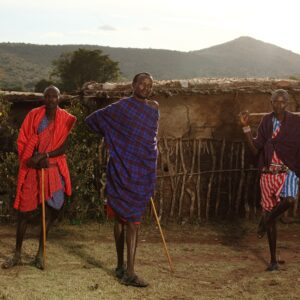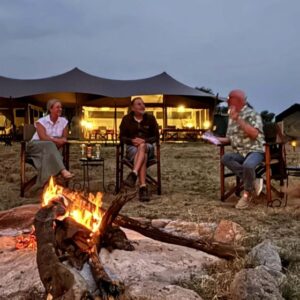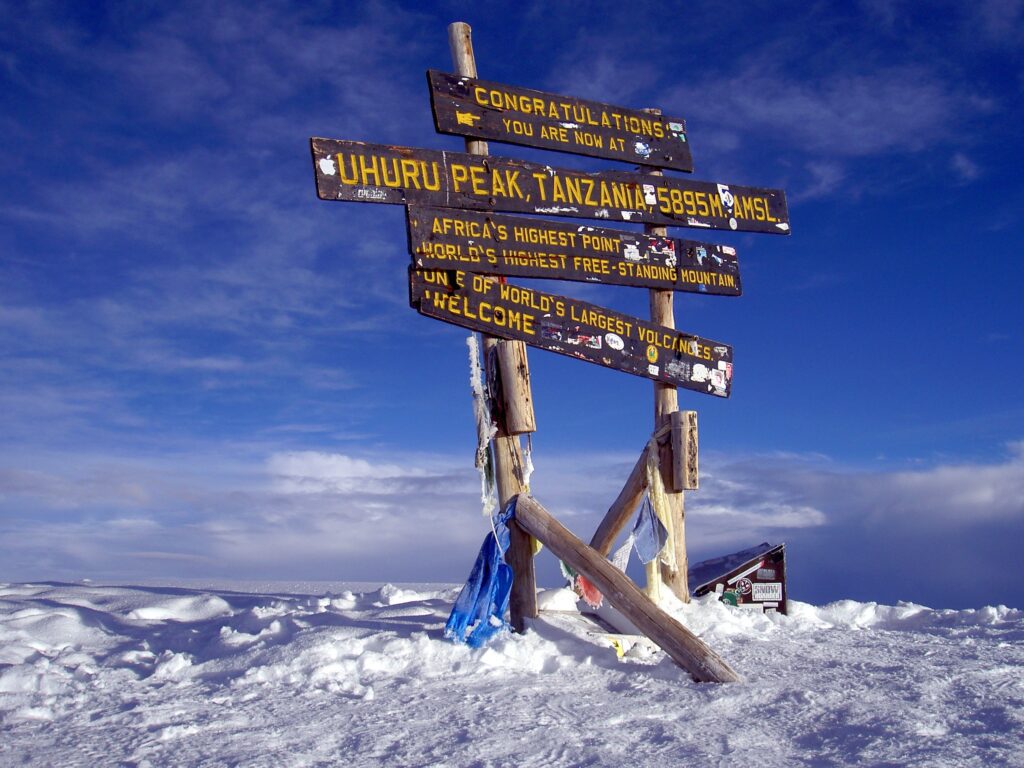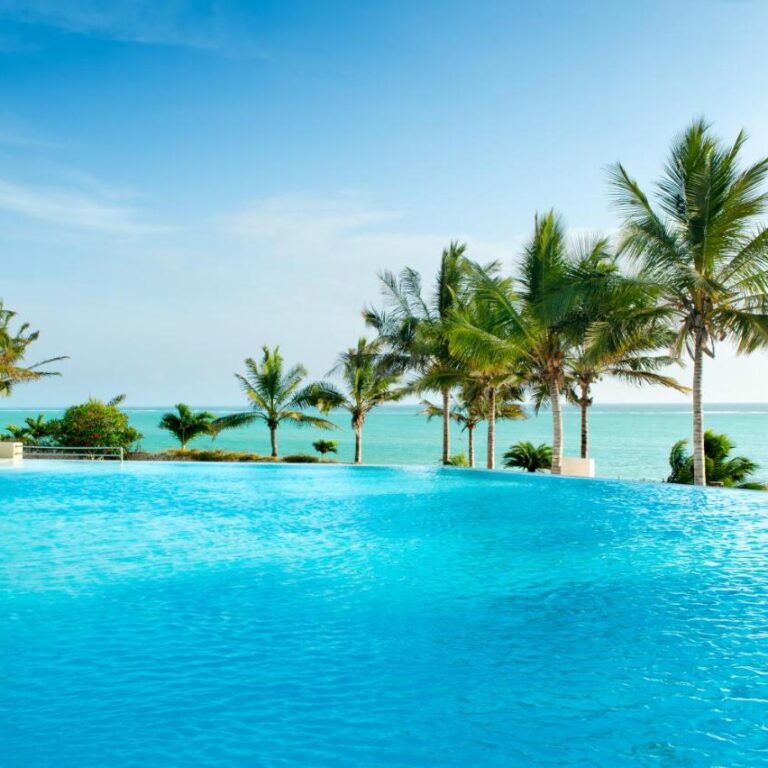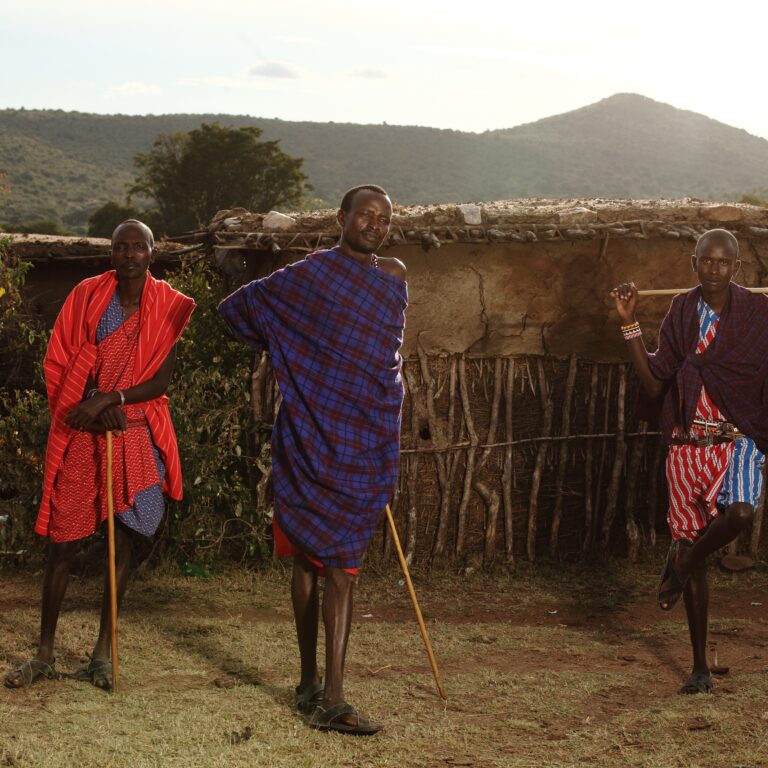Kilimanjaro Temperature - What is the Weather on Mount Kilimanjaro?
Mount Kilimanjaro, the highest peak in Africa, is a dream destination for mountaineers and adventurers alike. Located in Tanzania, it stands at an impressive 19,341 feet (5,895 meters) above sea level. Known for its diverse landscapes and striking views, Kilimanjaro’s summit, Uhuru Peak, attracts thousands of trekkers each year. While the journey up Kilimanjaro offers stunning vistas and varying climates, one question often arises: How cold is the summit of Kilimanjaro?
The summit of Kilimanjaro can be incredibly cold, with temperatures often below freezing, especially in the early morning hours and during the colder months. However, with proper preparation, the right gear, and an understanding of the factors that influence the temperature, climbers can manage the cold and safely reach Uhuru Peak. Remember to layer your clothing, protect your extremities, and stay hydrated to ensure your journey to the top is as comfortable as possible. In this article, we will take a closer look at the temperatures you can expect at the summit, the factors that influence the cold, and tips on how to prepare for the chill at the top.
Factors Influencing Temperature at Kilimanjaro’s Summit
To understand how cold the summit can get, it’s essential to consider a few key factors that contribute to the temperature at the top of Kilimanjaro:
✔Altitude
The higher you go, the colder it gets. This is a general rule of thumb in mountain climbing, and it holds true for Kilimanjaro as well. As you ascend toward the summit, the temperature steadily drops. On average, temperatures decrease by about 3.5°F (2°C) for every 1,000 feet (300 meters) you climb. At the summit, this drop in temperature results in significantly colder conditions compared to the base of the mountain.
✔Time of Year
Kilimanjaro experiences two main climbing seasons: the dry season (from June to October) and the wet season (from March to May). The temperatures at the summit can vary depending on when you choose to climb:
Dry Season (June to October): This period typically offers the best weather conditions, with less rainfall and clear skies. While it’s still cold at the summit, this is considered the more favorable time to trek.
Wet Season (March to May): Although the weather is warmer lower down the mountain, the summit can be even colder due to rain and cloud cover, which can lead to wind chill at high altitudes.
✔Wind Chill
Kilimanjaro’s summit is subject to high winds, especially as trekkers near the top. Wind chill can make the temperature feel much colder than it actually is. For instance, if the temperature at the summit is around 20°F (-6°C), strong winds can make it feel like -10°F (-23°C) or even colder.
✔Time of Day
The temperature at Kilimanjaro’s summit can fluctuate depending on the time of day. Most climbers reach the summit in the early morning hours, often between 5:00 AM and 7:00 AM. During this time, the air is at its coldest, as the sun hasn’t yet risen to warm up the atmosphere. The coldest part of the climb typically occurs just before dawn, with temperatures near or below freezing.
Typical Temperatures at the Summit of Kilimanjaro
At Uhuru Peak, the highest point on Mount Kilimanjaro, temperatures can be extremely cold, even in the best conditions. Here’s what climbers can expect in terms of temperature:
✔During the day: The temperatures at the summit can range from 20°F to 50°F (-6°C to 10°C) during the day, depending on the time of year and weather conditions.
✔At night: Temperatures can plummet even further, often dropping to 0°F to 20°F (-18°C to -6°C) or lower, particularly during the coldest months of the year.
✔Wind chill factor: The wind can make temperatures feel significantly colder. In some cases, the wind chill can make it feel like -10°F to -20°F (-23°C to -29°C) at the summit, especially when the winds are strong.
These conditions can be harsh and challenging, which is why proper clothing and gear are essential for anyone attempting the summit.
How to Prepare for the Cold at Kilimanjaro’s Summit
While the cold at the summit of Kilimanjaro can be intense, with proper preparation, it’s entirely manageable. Here are some essential tips to help you stay warm and safe as you approach the top:
✔Layer Your Clothing
When trekking Kilimanjaro, it’s important to dress in layers. This allows you to regulate your body temperature by adding or removing clothing as needed. Here’s how to layer effectively:
Base layer: Choose moisture-wicking materials, like merino wool or synthetic fabrics, for your base layer. Avoid cotton, as it traps moisture and can make you feel colder.
Insulating layer: Fleece or down jackets provide insulation and warmth. This layer traps your body heat and keeps you warm even in freezing conditions.
Outer layer: A windproof and waterproof jacket is crucial to protect you from the elements, especially if you’re facing high winds and potential rain or snow.
✔Wear Warm Accessories
At the summit, extremities like your hands, feet, and head are especially vulnerable to the cold. Be sure to pack the following accessories:
Warm gloves: Insulated gloves or mittens will keep your hands warm and dry, even in freezing temperatures.
Hat or beanie: A warm hat that covers your ears is essential, as a significant amount of body heat is lost through your head.
Thermal socks: Wool or synthetic socks provide insulation and wick away moisture to keep your feet dry and warm.
Balaclava or face mask: A face mask or balaclava can protect your face from the biting winds and help prevent frostbite.
✔Stay Hydrated and Energized
Climbing at high altitudes can dehydrate you quickly, and dehydration can make you feel even colder. Be sure to drink plenty of water and eat high-energy foods to keep your body fueled and maintain circulation. Carry snacks like nuts, energy bars, or dried fruit to keep your energy levels up.
✔Acclimatize to the Altitude
One of the most important aspects of climbing Kilimanjaro is allowing your body to acclimatize to the high altitude. By gradually increasing your altitude and taking rest days, you can reduce the risk of altitude sickness, which can make you feel even colder. This means taking it slow and not rushing to the summit too quickly.
Ultimate guide how cold is the Top of Mount Kilimanjaro?
Everything you need to know about how cold the summit of Kilimanjaro is? The summit of Mount Kilimanjaro, Uhuru Peak, can be extremely cold, with temperatures ranging from 20°F to 50°F (-6°C to 10°C) during the day and dropping to 0°F to 20°F (-18°C to -6°C) at night. Wind chill can make it feel even colder, sometimes as low as -20°F (-29°C). Proper layering, insulated gear, and preparation are essential to endure the freezing conditions at the top of Africa’s highest peak.
How cold is the summit of Kilimanjaro FAQs
Kilimanjaro Weather on the summit – At the summit, Uhuru Point, the night time temperatures can range between 20 and -20 degrees Fahrenheit (-7 to -29 degrees Celsius). Due to Mount Kilimanjaro’s great height, the mountain creates it’s own weather.
Moshi, the gateway town from which our climbs are organized, is located just south of the base of Mount Kilimanjaro. At 2,667 feet (900 m) above sea level, the town is located in the lowest, warmest ecological zone
Why is Kilimanjaro so cold?
Kilimanjaro’s cold temperatures are primarily a result of its high altitude. As one ascends the mountain, the air pressure decreases, leading to a drop in temperature. The lack of oxygen at higher elevations compounds the cold, making the summit an inhospitable environment.
What is the best time to climb Kilimanjaro to avoid extreme cold?
The best times to climb Kilimanjaro are during the dry seasons, which are typically from late June to October and from December to early March. During these periods, the weather is more stable, and temperatures are relatively milder, reducing the risk of encountering extreme cold conditions.
How should climbers prepare for the cold at Kilimanjaro’s summit?
Adequate preparation is essential. Climbers should invest in high-quality, insulated gear, including clothing, sleeping bags, and boots. Acclimatization is crucial, and climbers should take their time ascending the mountain to allow their bodies to adjust to the changing conditions.
Can I climb Kilimanjaro if I’ve never experienced extreme cold before?
While prior experience with extreme cold can be beneficial, it is not a strict requirement. However, climbers should undergo proper training, including physical conditioning and altitude acclimatization. Hiring experienced guides and following their advice is also advisable for those new to cold-weather mountaineering.
Are there any dangers associated with the extreme cold on Kilimanjaro?
Yes, the extreme cold poses several risks, including hypothermia and frostbite. Climbers should be vigilant about staying warm, taking regular breaks, and staying hydrated. Adequate preparation and awareness of the potential dangers are crucial for a safe and successful climb.
Conclusion: What is the Weather on Mount Kilimanjaro?
The top of Mount Kilimanjaro offers a unique and challenging experience, with its extreme cold testing the mettle of those who venture to its summit. The icy embrace of Uhuru Peak is a stark reminder of the diverse climates that can be found on this African giant. Climbers must approach the ascent with careful planning, proper gear, and a deep respect for the unforgiving conditions they will face. While the cold may be daunting, the reward of standing atop Africa’s highest point makes the journey and its challenges truly unforgettable.


